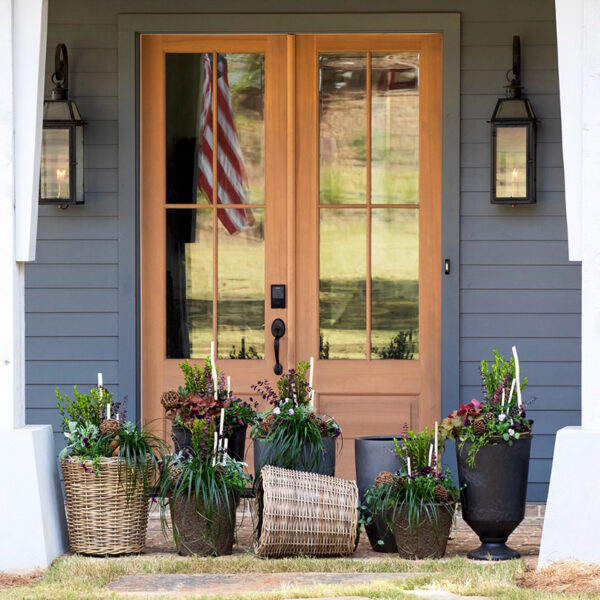Article excerpt from The East Cobber, written by Jennifer Rust, published in 2017.
Kids, dirt and learning really do go together. If you have ever been with a child outside, or remember your own childhood, it was when your hands got a little dirty that curiosity peaked and the fun began. And admittedly for some of you out there it may also have been a bit of shock and a bit of yuck, “What is this stuff?”
School gardens are ‘in’ now. Urban farms, raised beds and vertical hydroponic green walls are more than cool. Most schools can boast some form of gardens on their campus. However, there are plenty of examples of school gardens that were planted by well-meaning parents or teachers with the absolute best intentions but with little results to show a year or two later. So, what makes a school garden successful?
- Education leaders – willing to take a calculated risk & a long term view
- Parent support – PTA funding to seed a program & plenty of volunteers
- Community Partnerships – to support the expansion of programs
Success lies somewhere between education leaders willing to take learning outside the classroom environment, teachers willing to commit coveted teaching time, and parents (and grandparents) willing to volunteer. School gardens are about more than planting. They are a literal canvas to teach curriculum standards of math (How many square feet are available to plant in a 4×8-foot bed? What about 4 beds of the same size?), science (What role do worms play in soil…remember the book “Everyone Poops”?), and even market economics (how does the lettuce grown in a field make it to your dinner plate, and who contributed to that process?).
Gardens are not just a fad or a school year committee project. They require educators with the long view and supportive and active parent volunteers. School gardens are dependent on a strong and committed community. It is that same committed community that educates our children so well in Cobb County.
Back to the garden,
Jennifer





